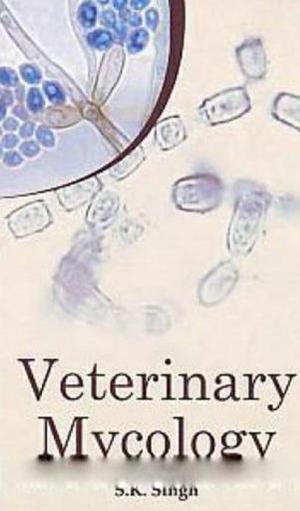Encyclopaedia Of Chordate Zoology
Nonfiction, Science & Nature, Science, Biological Sciences, Zoology, Nature, Animals| Author: | Veena Kumari | ISBN: | 9789388040952 |
| Publisher: | Centrum Press | Publication: | June 30, 2013 |
| Imprint: | Centrum Press | Language: | English |
| Author: | Veena Kumari |
| ISBN: | 9789388040952 |
| Publisher: | Centrum Press |
| Publication: | June 30, 2013 |
| Imprint: | Centrum Press |
| Language: | English |
All beings of the phylum Chordata have branchial clefts in the pharynx, notochord and dorsal neural tube. In chordates the nervous system is dorsal and highly cephalized while in most invertebrates the nervous system is ganglial and ventral. In vertebrates the notochord disappears and gives birth to the spinal column (vertebral column). In protochordates the notochord remains for the rest of the life. The tubular and dorsal nervous system of chordates is related to the cephalization in these animals and to bilateral symmetry. With rare exceptions, fishes, amphibians, reptiles and monotreme mammals are oviparous, egg-laying (embryos develop within eggs and outside the mother’s body) and marsupial and placental mammals are viviparous (embryos develop inside the mother’s body, feeding from her). This text is a one-stop resource for all researchers, teachers, and students involved in this crucial area of study.
All beings of the phylum Chordata have branchial clefts in the pharynx, notochord and dorsal neural tube. In chordates the nervous system is dorsal and highly cephalized while in most invertebrates the nervous system is ganglial and ventral. In vertebrates the notochord disappears and gives birth to the spinal column (vertebral column). In protochordates the notochord remains for the rest of the life. The tubular and dorsal nervous system of chordates is related to the cephalization in these animals and to bilateral symmetry. With rare exceptions, fishes, amphibians, reptiles and monotreme mammals are oviparous, egg-laying (embryos develop within eggs and outside the mother’s body) and marsupial and placental mammals are viviparous (embryos develop inside the mother’s body, feeding from her). This text is a one-stop resource for all researchers, teachers, and students involved in this crucial area of study.















